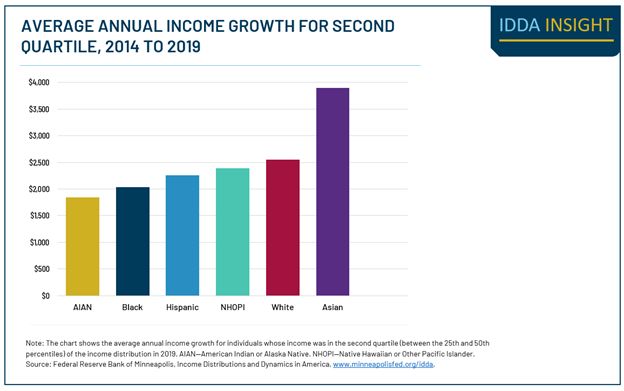Opportunity & Inclusive Growth Institute
@oiginstitute.bsky.social
310 followers
130 following
160 posts
The Opportunity & Inclusive Growth Institute at the Minneapolis Fed supports research to expand economic opportunity and inclusive growth for all. Reposts ≠ endorsement.
Posts
Media
Videos
Starter Packs
Reposted by Opportunity & Inclusive Growth Institute
Reposted by Opportunity & Inclusive Growth Institute



















